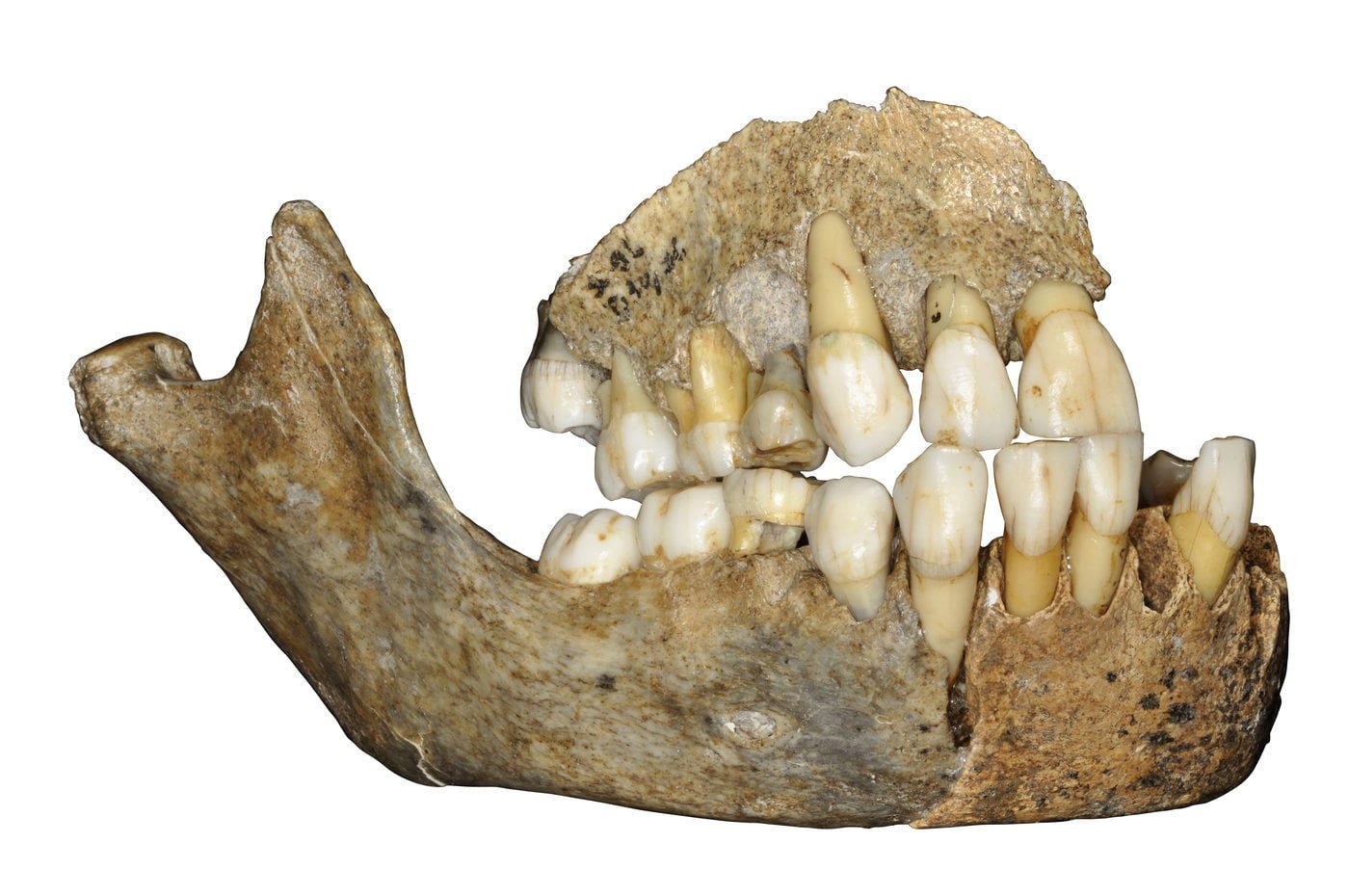Scientists believe they already know a lot about Neanderthals, especially after sequencing the genome in 2010. However, there is a lot of mystery still surrounding early humans, and now some ancient bones may shed light on the evolution and history of Neanderthals in Europe.
Researchers at the Max Planck Institute for Evolutionary Anthropology in Leipzig, Germany say they extracted nuclear genome sequences from the femur of a male Neanderthal uncovered in 1937 in Hohlenstein-Stadel Cave in Germany and a Neanderthal girl found in 1993 in Scladina Cave in Belgium. They are believed to have lived about 120,000 years ago and appear to be older than those from whom the previously studied and sequenced genomes were taken.
An examination of their nuclear genomes could tell researchers more about the history of Neanderthals in Europe, particularly in western Europe, because they appear to be closely related to the last Neanderthals believed to have inhabited the same area 80,000 years later.
“The result is truly extraordinary and a stark contrast to the turbulent history of replacements, large-scale admixtures and extinctions that is seen in modern human history,” study supervisor Kay Prüfer said in a statement.
The researchers compared the nuclear genome and the mitochondrial genome of the Neanderthals from Hohlenstein-Stadel Cave in Germany and found them to be quite different than those of Neanderthals who lived later. A previous study suggested there were more than 70 mutations that make them different than the mitochondrial genomes of other Neanderthals that were sequenced.
Researchers explained that this could be because European Neanderthals may have inherited the DNA of a previously-undescribed species, although researchers aren’t sure and haven’t found evidence of another population.
“This unknown population could represent an isolated Neanderthal population yet to be discovered, or may be from a potentially larger population in Africa related to modern humans,” said Stéphane Peyrégne, who led the analysis, in a statement.
Whether Neanderthals in Europe descended from an unknown early human population or not remains to be discovered. Nevertheless, the difference in the mitochondrial genome of the analyzed specimens sheds new light on the history of Neanderthals in Europe. The findings were published in the journal Science Advances.
Another study published in the journal PLOS ONE on Wednesday suggested that Neanderthals lived in an open-air site instead of in caves like previously suggested. The study focuses on a settlement in Israel that’s believed to have existed 54,000 to 71,000 years ago. The researchers focused on the ‘Ein Qashish site in northern Israel, which hid Neanderthal bones and over 12,000 artifacts such as tools, animal bones and more.
“[This is] raising questions about the reasons for their disappearance and about their interactions with contemporaneous modern humans,” said Ravid Ekshtain, study author and postdoctoral student at the Hebrew University of Jerusalem, in the accompanying statement.





